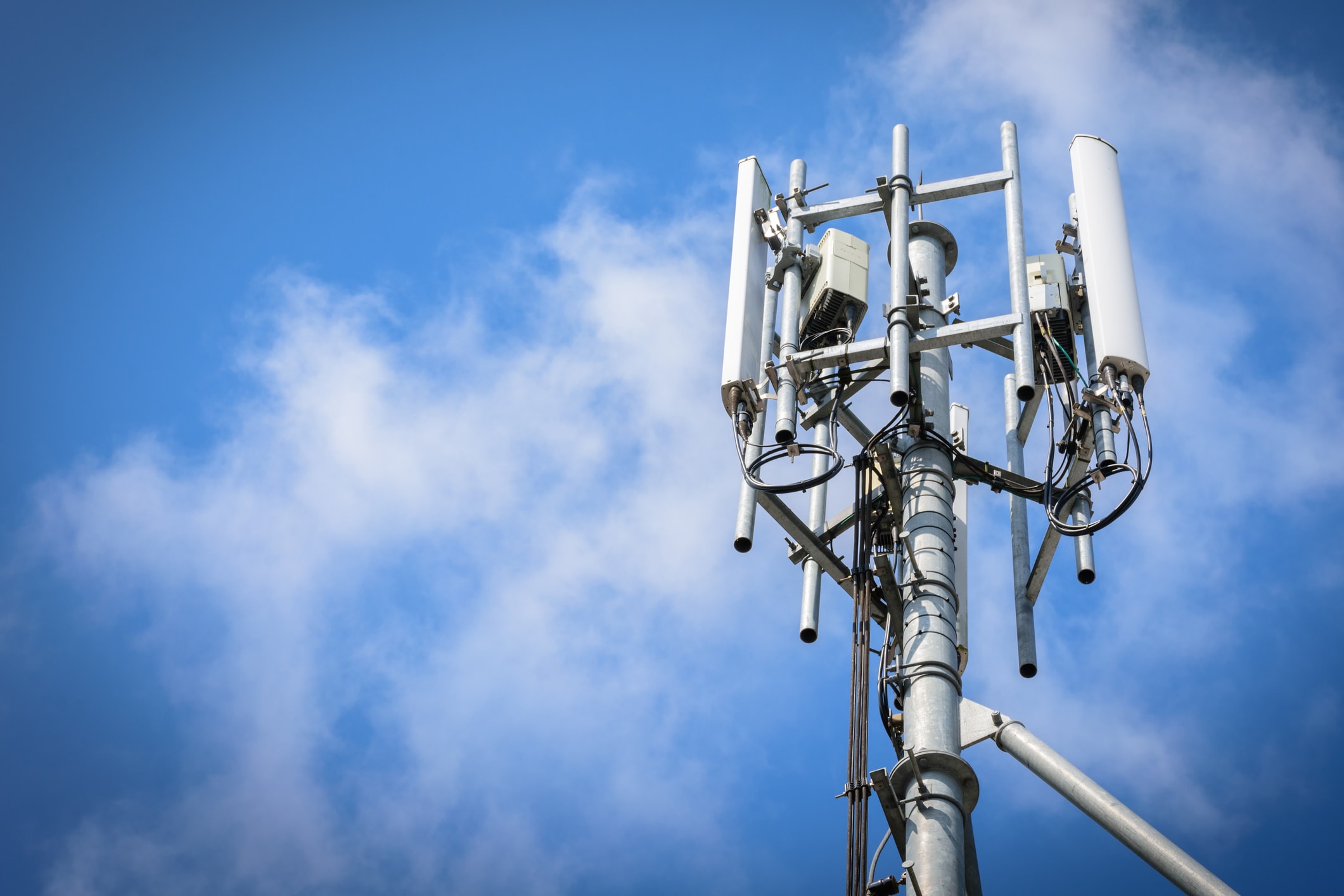Very best safest distance from a 5G cell Structure?

If you've ever walked through a town you might have noticed tiny mini 5G cell towers on the poles of street lights. They look like little boxes however, they're actually transmitting wireless signals from mobile providers to your phone.
The smaller ones are being replaced by the larger specially-designed cell towers. Although they're not as visible but they can still cause problems for people.
It is the of the FCC's Radiation Exposure Thresholds
The FCC's Radiation Exposure Thresholds establish the safe distance that one can expose to electromagnetic radiation from wireless devices. The exposure limits are based upon scientific research that prove that electromagnetic energy could be harmful to health.
The rate of absorption called the specific absorption rate (SAR) is a measure of the radiofrequency energy that is absorption by tissues. It's usually 1.6 Watts per kilogram averaged over one kilogram of tissue.
But, since 5g operates at higher frequencies this could be able to increase the intensity of energy on the skin and other directly-exposed body parts. faraday cage hat could lead to various possible harms, such as an increase in formation of skin disorders such as dermatitis and cataracts and skin cancer.
Because of the potentially harmful effects of radiation from 5G, PSU has chosen to create a general limits on power density, which is 4mW/cm2 averaged on 1cm2, and never exceeding 30 minutes for the entire 5G spectrum at 3000 GHz. This limit for localization is in line with the maximum SAR that is spatially averaged at 1.6 W/kg averaged over 1 g of tissue at 6 GHz.
The FCC's Maximum Exposure Thresholds for Maximum Exposure
If you've ever used a mobile phone, then you're aware that a safe range from the tower is around 400 meters away. This is because the transmitting power of the cell tower is significantly increased the further the tower is.
Although this may sound like something that's good but the truth is that those living close to towers could be more vulnerable to health issues. For instance, a study conducted in 2014 in India discovered that people who lived within 50m of cell towers experienced significant more health issues than those living further away from the antennas.
However, this study also found that people who moved to areas further away from the cell towers saw their symptoms return to normal within a few days. Studies have also shown that exposure to high frequencies of radiofrequency electromagnetic fields (EMFs) can cause cancer, brain tumors and other health issues.
This is because RF radiation, used for wireless communication, has the ability to penetrate the human body's outer layer, which is the skin. faraday cage hats is important to understand since the skin serves as a protective barrier against injury to the body, infection by pathogenic microorganisms, and infiltration of toxic substances. Additionally, it is the biggest organ of the human body and is responsible for keeping the integrity of the other organs.
The FCC's Minimum Exposure Thresholds for the Minimum Exposure

The FCC's Minimum Exposure Thresholds rely on several assumptions that aren't supported by scientific evidence. These include the erroneous assumption that short-term exposures to RF radiation are safe due to the limited penetration into the body (i.e., tissue heating).
The assumption also ignores the deeper penetration of the ELF elements of modulated radio signals and the effects of brief bursts of heat from pulsed RF waves. These theories are not compatible with current knowledge of the biological effects of RF radiation, and thus, they should not be used for health protective exposure standards.
In addition there is the fact that both ICNIRP and FCC limit their maximum exposure limits to local peak SARs, based on the maximum frequency of absorption (psSAR), which can be described as not a reliable dosimetric instrument to determine the degree of exposure to RF radiation. Particularly, psSAR is Great site for frequencies that exceed 6 GHz. Furthermore, psSAR has not been tested for RF radiation that is exposed to other environmental agents such like sunlight. In the event of interactions, RF radiations with different environmental agents could result in antagonistic or synergistic results. This can lead to an increased risk of negative health consequences. For instance, exposure to RF radiation with sunlight may increase the risk of developing skin cancer and exacerbate other skin diseases such as acne.
